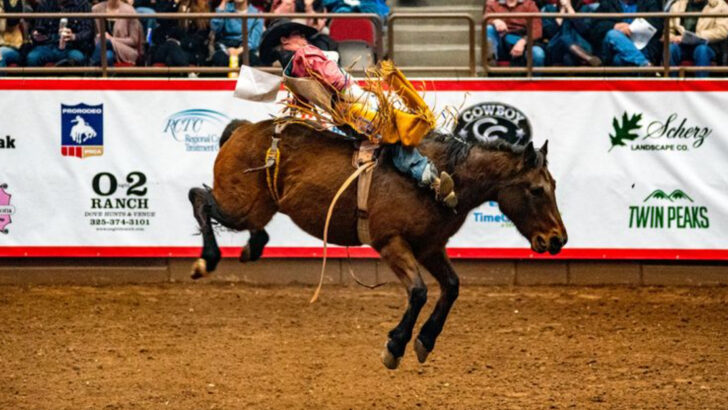They might look wild, but rodeo animals aren’t charging into danger unprotected. From bucking bulls to barrel-racing horses, there are rules—strict ones—that make sure these animals aren’t just surviving the spotlight, but walking away in one piece. Behind every thunderous ride or dramatic twist of rope is a checklist of safety standards that would make a professional athlete jealous. Veterinarians are on-site. Injury rates are surprisingly low. And no, those flanks straps don’t hurt—it’s more theater than threat. While spectators cheer for adrenaline, there’s a quiet force behind the scenes making sure the stars of the show—animal and human—aren’t pushed past the limit. Rodeo may look rugged, but it’s more regulated than you think.
Humane Equipment Standards
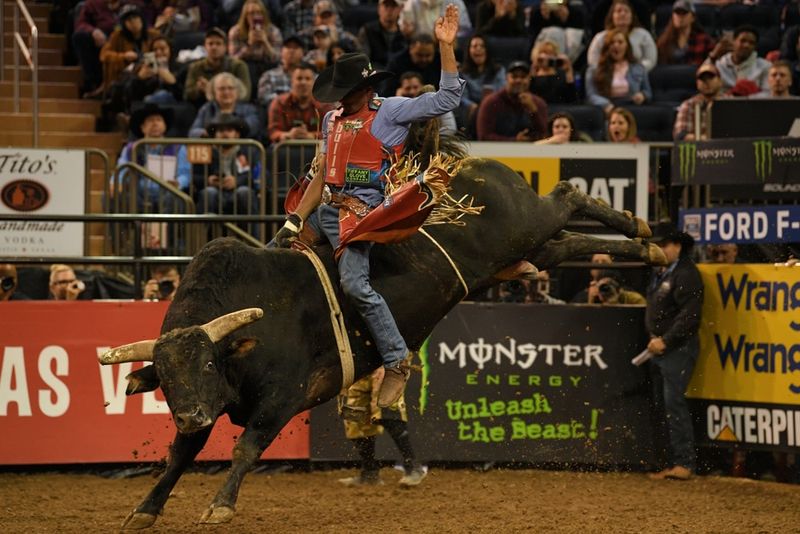
Rodeos have implemented strict rules around the equipment used, particularly for the protection of the animals. All gear, from saddles to ropes, must meet humane standards to prevent unnecessary harm. For instance, flank straps are designed to fit snugly but not cause pain, encouraging the animal’s natural movement without distress.
Moreover, spurs are crafted with blunt ends to ensure they stimulate rather than hurt. This attention to detail in equipment design reflects a commitment to safety. These regulations are enforced rigorously, minimizing risks and ensuring the animals’ well-being during events.
On-Site Veterinary Care
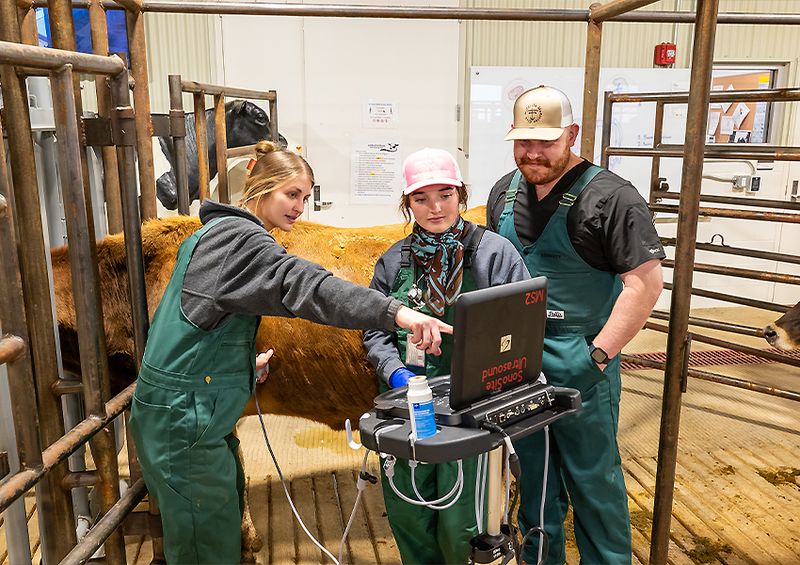
Veterinary care is a crucial aspect of rodeo safety. Every event is required to have qualified veterinarians on site to monitor animal health. They are responsible for conducting thorough health checks before and after performances.
In case of injuries, immediate medical attention is provided, reducing recovery time and discomfort. This proactive approach not only safeguards the animals but also ensures that they are fit to participate.
With veterinarians readily available, the welfare of the animals is prioritized, showcasing a serious commitment to their health and safety.
Regulated Event Duration

Strict regulations on event duration play a significant role in animal safety. By limiting the time animals are involved in demanding activities, stress and exhaustion are minimized. This ensures that animals are not overworked, maintaining their physical and mental health.
Rodeo events are carefully scheduled, preventing prolonged exposure to potentially harmful environments. These time constraints are not only beneficial for the animals but also enhance the overall quality of the event, allowing animals to perform at their best without undue strain.
Animal Welfare Training for Participants
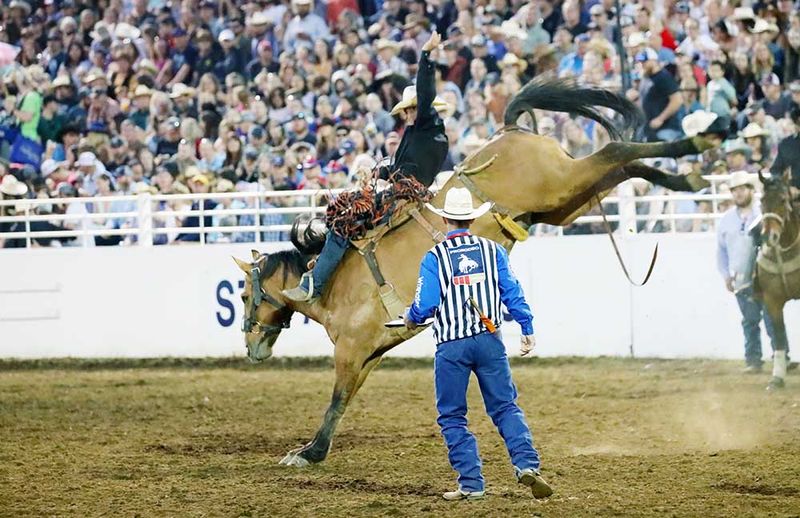
Rodeo participants undergo mandatory animal welfare training to ensure they understand the significance of ethical treatment. This training covers essential practices for handling animals with care and respect.
Participants learn about the biological needs and behaviors of the animals, promoting empathy and understanding. By instilling these values, the training helps create a culture of responsibility.
Such educational efforts are pivotal in fostering an environment where animal welfare is prioritized, contributing to safer and more humane rodeo events.
Routine Health Monitoring
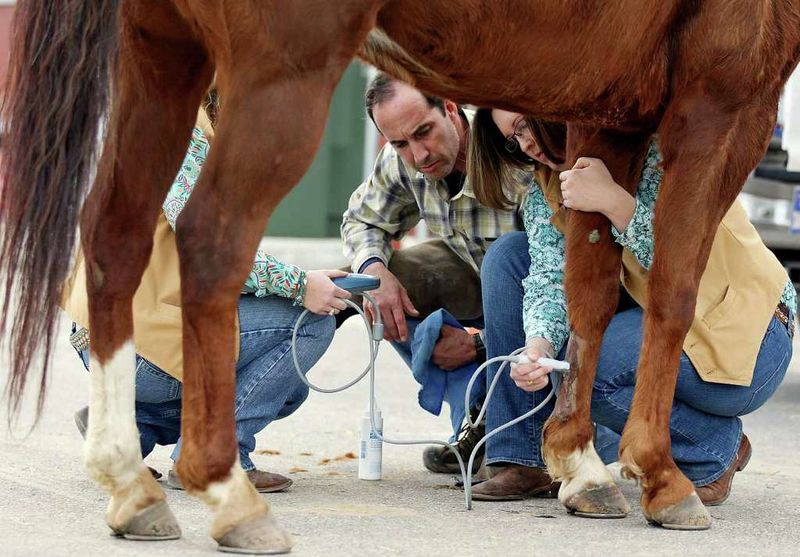
Routine health monitoring is an integral part of rodeo animal care. Animals undergo regular health assessments to ensure they are in peak condition for competition.
These checks help detect any early signs of illness or discomfort, allowing for timely intervention. By maintaining a consistent health record, veterinarians can tailor care to individual needs, preventing potential health issues.
This continuous monitoring underscores the emphasis on preventive care, ensuring animals remain healthy and capable, thereby enhancing their safety and performance in rodeo competitions.
Transport Regulations

Transporting animals to and from events is subject to strict regulations to ensure their safety. Vehicles must provide adequate ventilation, space, and comfort, minimizing stress during travel.
Handlers are trained to load and unload animals carefully, preventing injuries. Regulations also dictate rest periods during long journeys, allowing animals to recuperate.
These comprehensive transport guidelines ensure that animals arrive at events in good health and condition, ready to perform without the added strain of travel-related stress.
Ethical Judging Practices
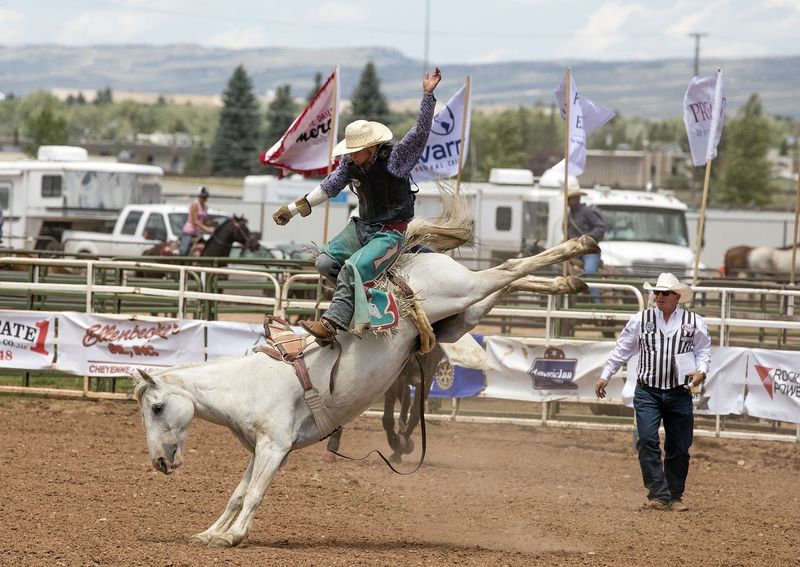
Judging criteria in rodeos now include the ethical treatment of animals. Judges are trained to assess not only performance but also the handling and treatment of the animals.
Points are awarded for humane practices, encouraging participants to prioritize animal welfare. This shift in judging practices has significantly influenced how participants approach events, promoting a culture that values ethical treatment.
Such practices reinforce the importance of animal welfare in rodeos, ensuring that competitors are mindful of the impact of their actions on animal safety.

